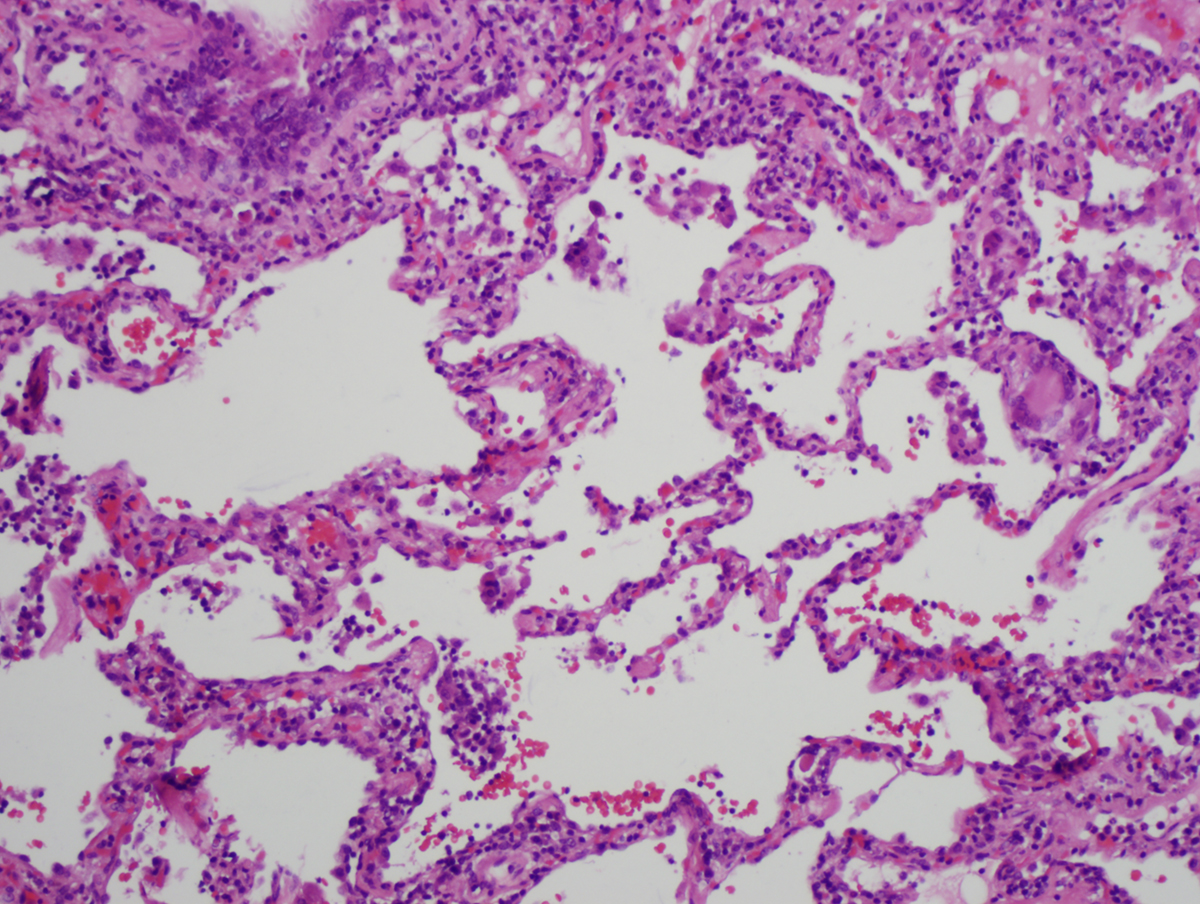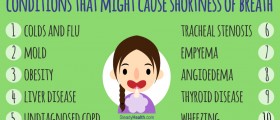
Introduction to shortness of breath
Shortness of breath is a condition when a person is having problems trying to breath and take full breaths.
Any disorder that upsets the balance between the body’s oxygen supply and demand can cause a shortness of breath.
It is a very common symptom among lung disorders of all the kinds, including infections, asthma and allergies. Shortness of breath can occur in people who have problems with their respiratory muscles and disorders of the nervous system that can interrupt breathing. Sometimes it is also caused by having too few blood cells that carry oxygen to the tissues, which is commonly referred to as anemia.
Shortness of breath is also a common symptom of various heart disorders, especially heart failure and coronary artery disease.
When heart failure occurs, the shortness of breath comes from the fact that there is fluid seeping into the air spaces of the lungs, which is called pulmonary congestion or pulmonary edema.
This process is similar to drowning.
When heart failure begins, the shortness of breath may only be present when a person is participating in some sort of physical activity.
As the condition gets worse, a person will experience a shortness of breath even when they are resting and not doing anything strenuous at all physically.
This is, again, caused by fluid seeping into the lungs.
When a person has coronary artery disease they experience a shortness of breath during physical activities but in sever cases, people can lose their breath even when resting as well.
When a person is experiencing a coronary disease, then the shortness of breath is often accompanies by chest pains as well. It can also be triggered by exposure to tings in the environment, such as smoke or animal hair, and in some case there could be added complications such as asthma or allergic disorders that are causing a person to lose their breath very quickly.Introduction to fatigue
Fatigue is caused by the heart pumping inefficiently and blood flowing to the muscles in an inadequate amount during physical activities. In such cases, a person will experience fatigue, or an extreme level of weakness.
Heart disorders can usually limit a person’s physical activity. The best way to determine the severity of a heart problem is to see how limited physical activity is at the time.
When people are feeling fatigue, they will usually try to compensate for it by limiting their physically activity and may often blame the symptoms on the fact that they are getting older.

















Your thoughts on this
Loading...